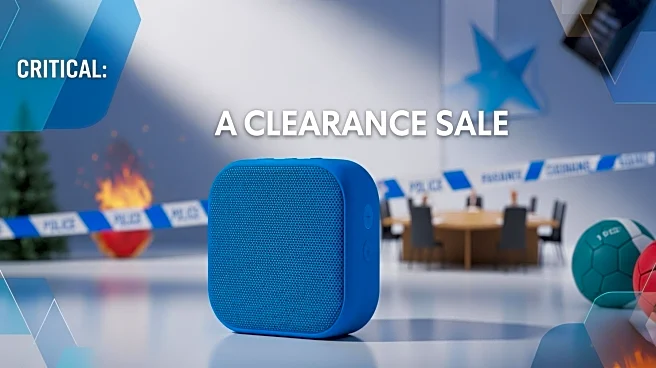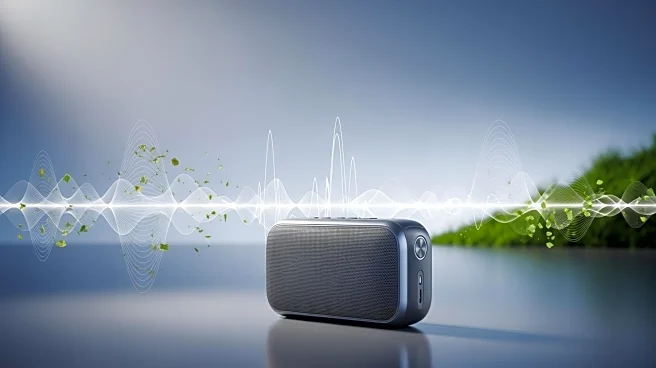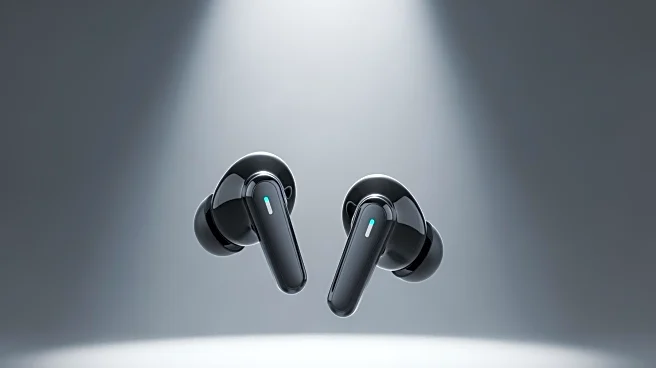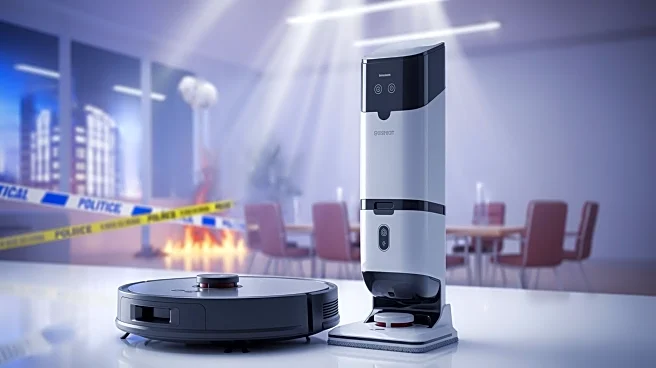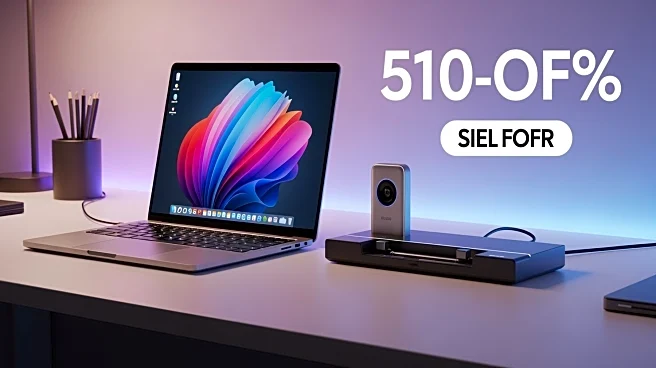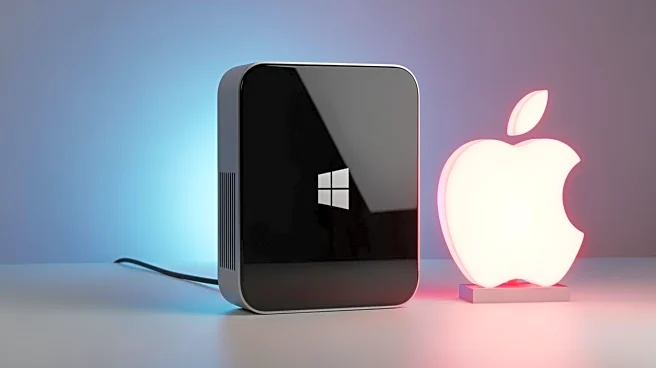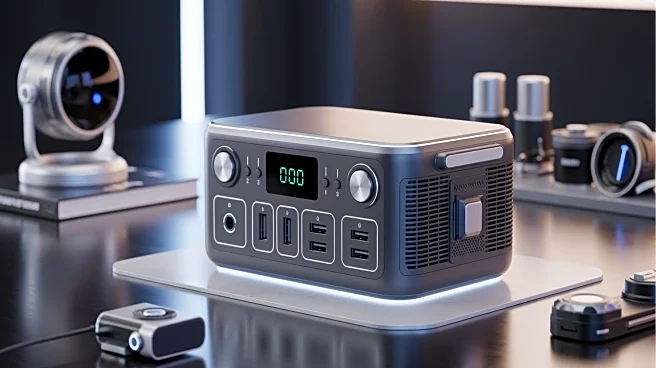What's Happening?
Amazon has significantly reduced the price of the JBL Go 3 Bluetooth speaker, marking it down from $39 to $29. This price drop is part of a seasonal inventory clearance as the demand for outdoor speakers
typically decreases with the onset of fall. The JBL Go 3 is known for its durability, featuring an IP67 dustproof and waterproof rating, making it suitable for various outdoor conditions. Despite its compact size, the speaker delivers robust audio quality with JBL Pro Sound, offering deep bass and stereo-like sound radiation. The device is equipped with a 5-hour battery life and supports stable Bluetooth connectivity up to 30 feet, making it a versatile option for both indoor and outdoor use.
Why It's Important?
The discount on the JBL Go 3 reflects broader retail strategies where companies adjust pricing to manage inventory as consumer demand shifts with the seasons. This move by Amazon could influence other retailers to offer similar discounts on seasonal products, impacting consumer purchasing behavior. For consumers, this presents an opportunity to acquire high-quality audio equipment at a reduced price, potentially increasing accessibility to premium audio experiences. The sale also highlights the importance of timing in retail, where off-season purchases can lead to significant savings.
What's Next?
As Amazon clears its inventory, other retailers may follow suit, offering discounts on similar products to remain competitive. This could lead to a temporary surge in sales for portable audio devices as consumers take advantage of lower prices. Additionally, JBL may introduce new models or updates to its product line to align with changing consumer preferences and technological advancements. The trend of seasonal discounts could extend to other electronics and outdoor gear, influencing market dynamics and consumer spending patterns.
Beyond the Headlines
The clearance sale of the JBL Go 3 underscores the impact of seasonal changes on retail strategies and consumer electronics. It raises questions about sustainability and the lifecycle of electronic products, as frequent model updates and inventory clearances contribute to electronic waste. Retailers and manufacturers may need to consider more sustainable practices, such as recycling programs or designing products with longer lifespans, to address environmental concerns associated with electronic waste.
